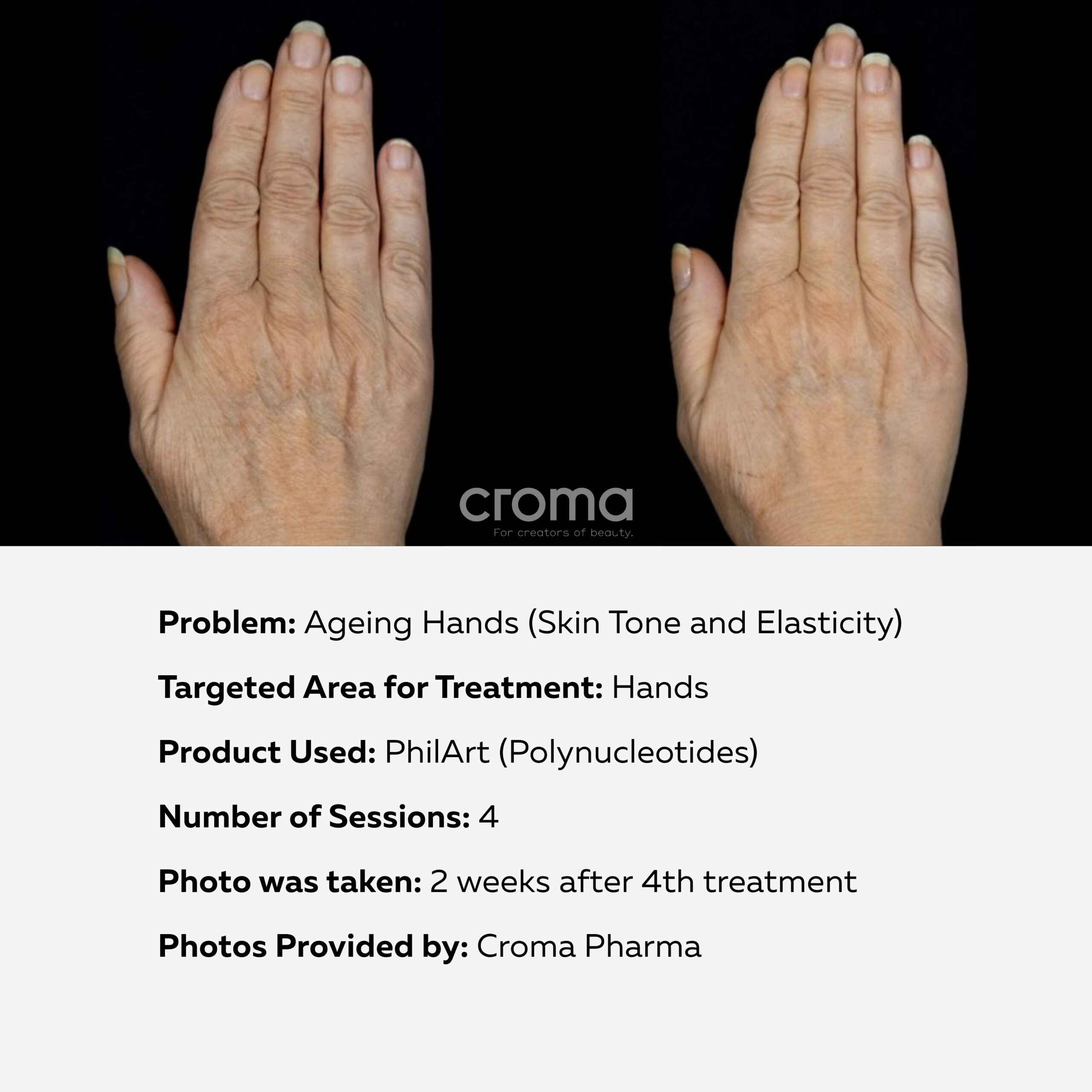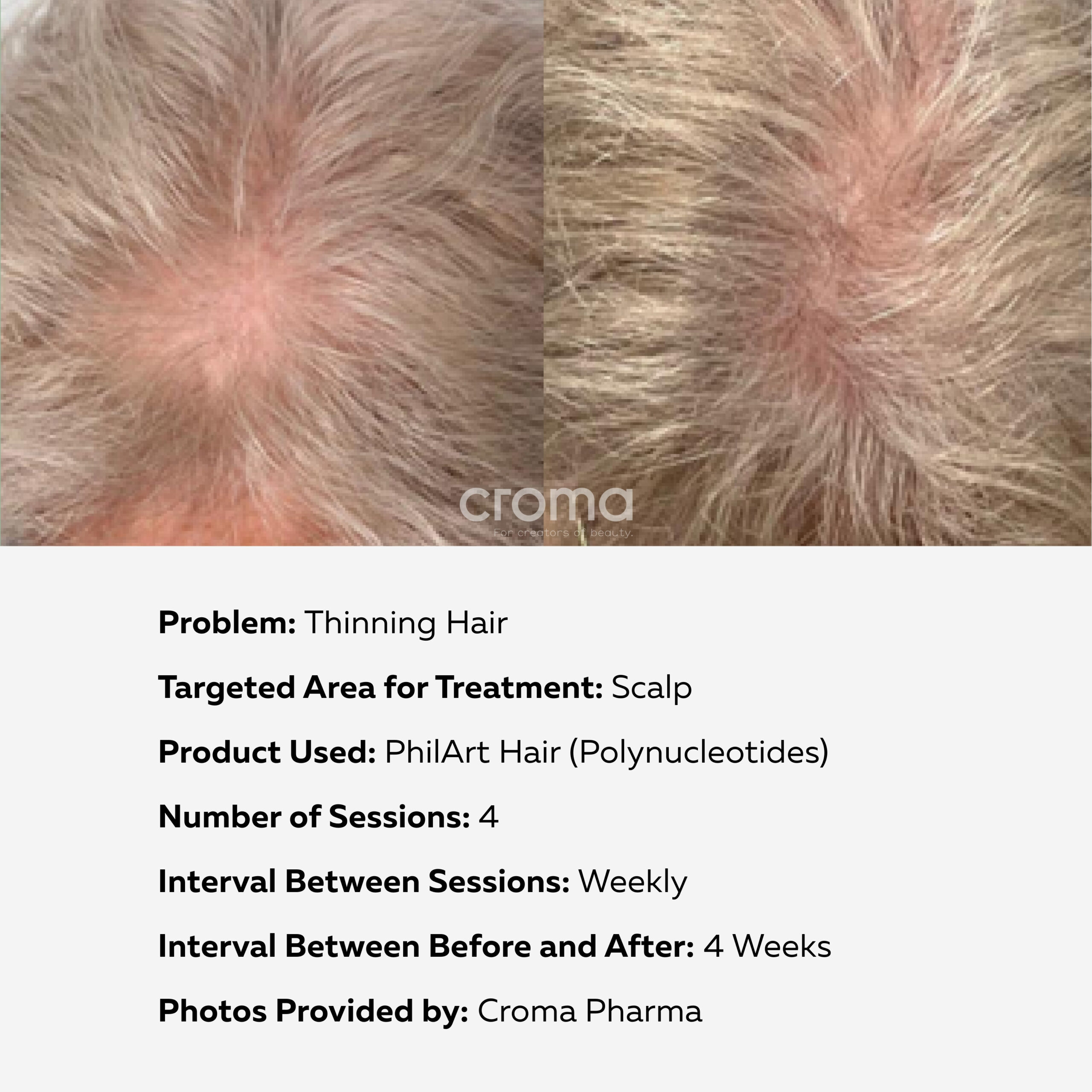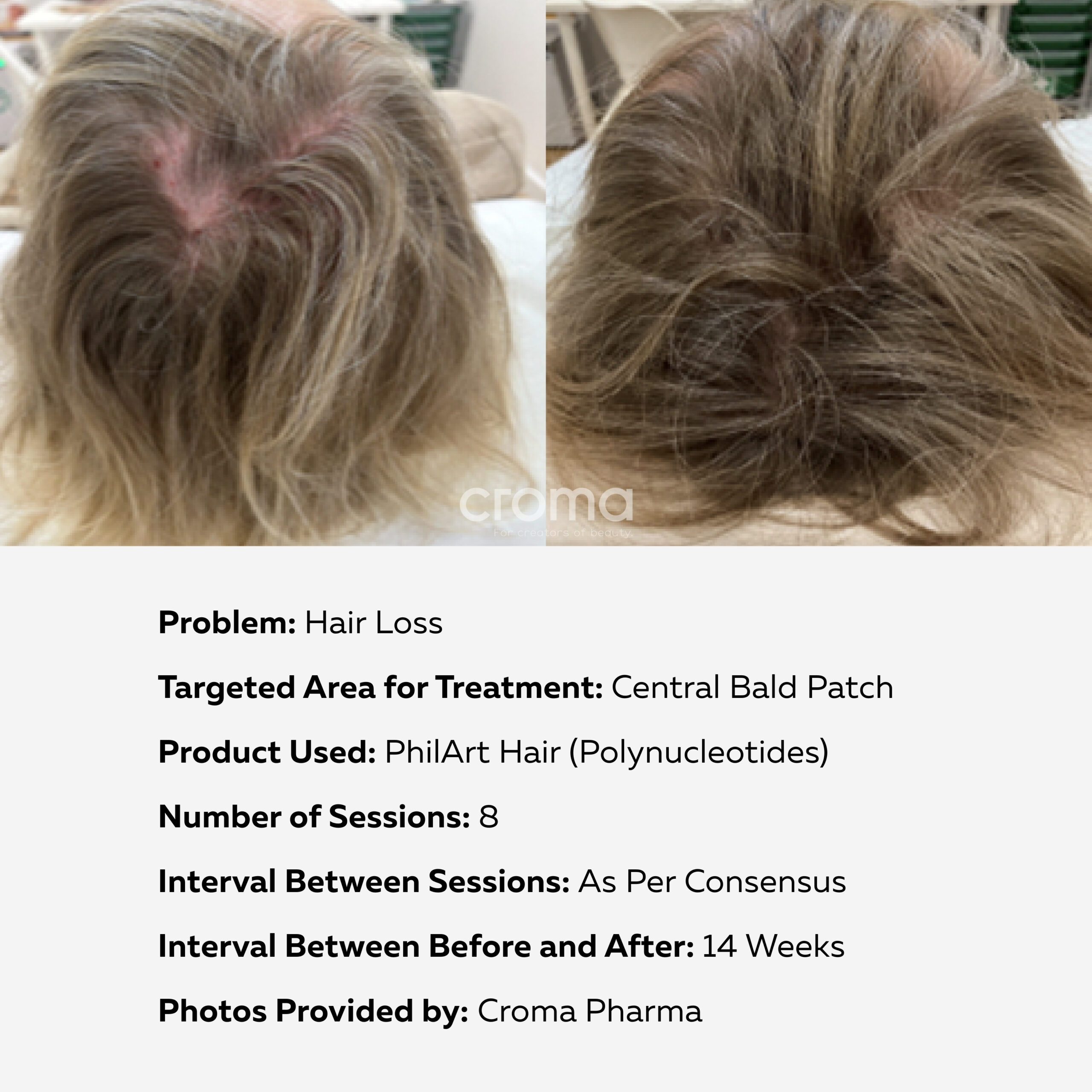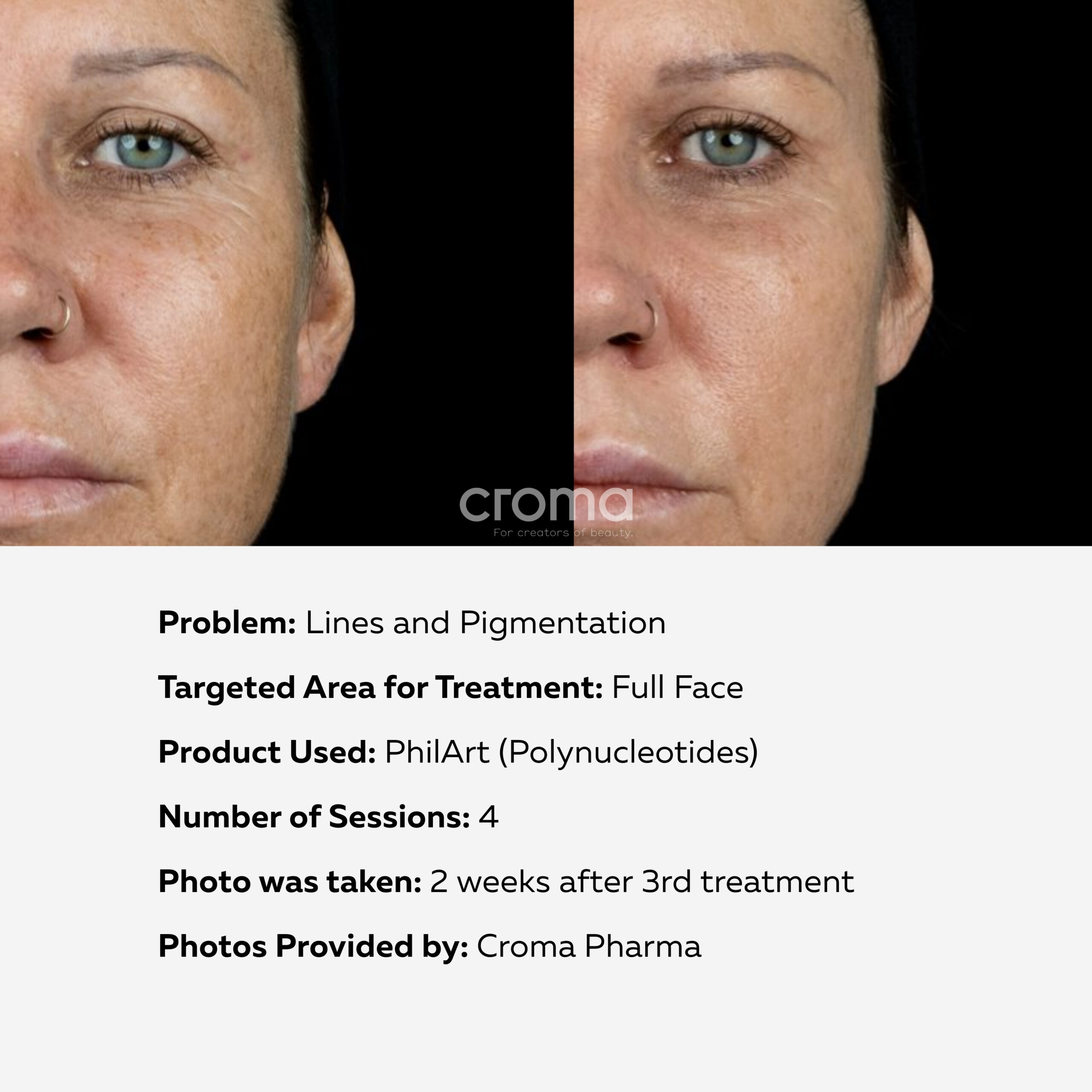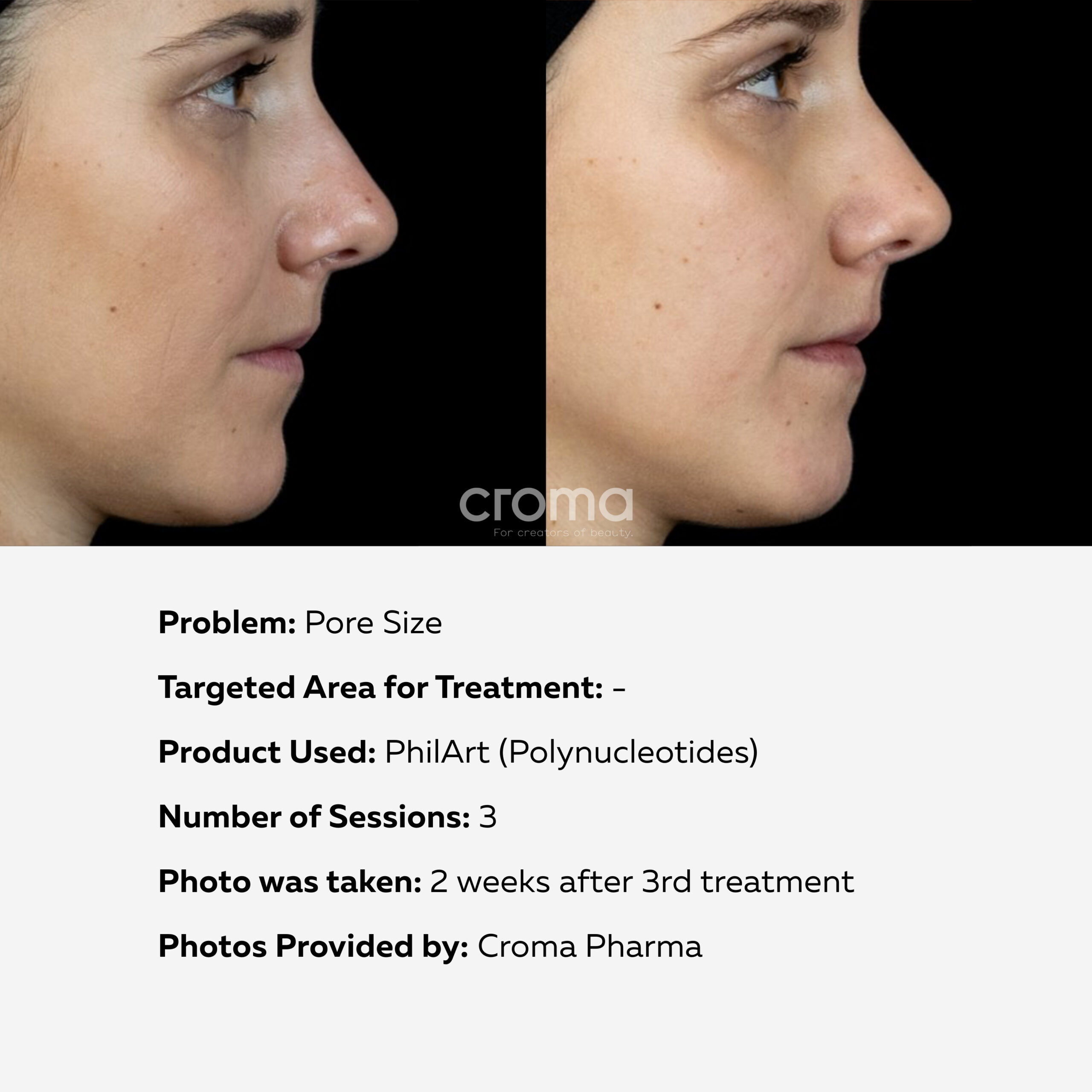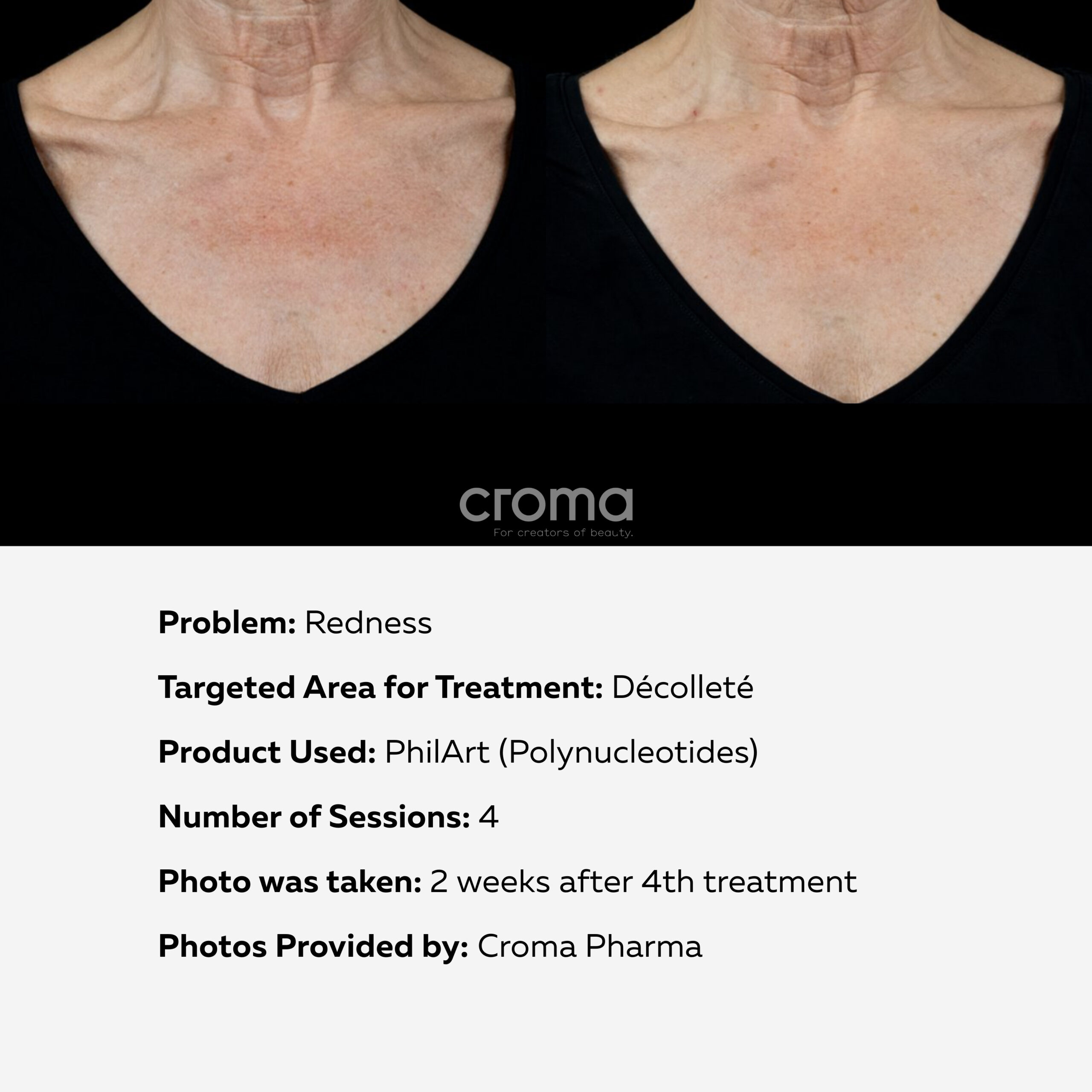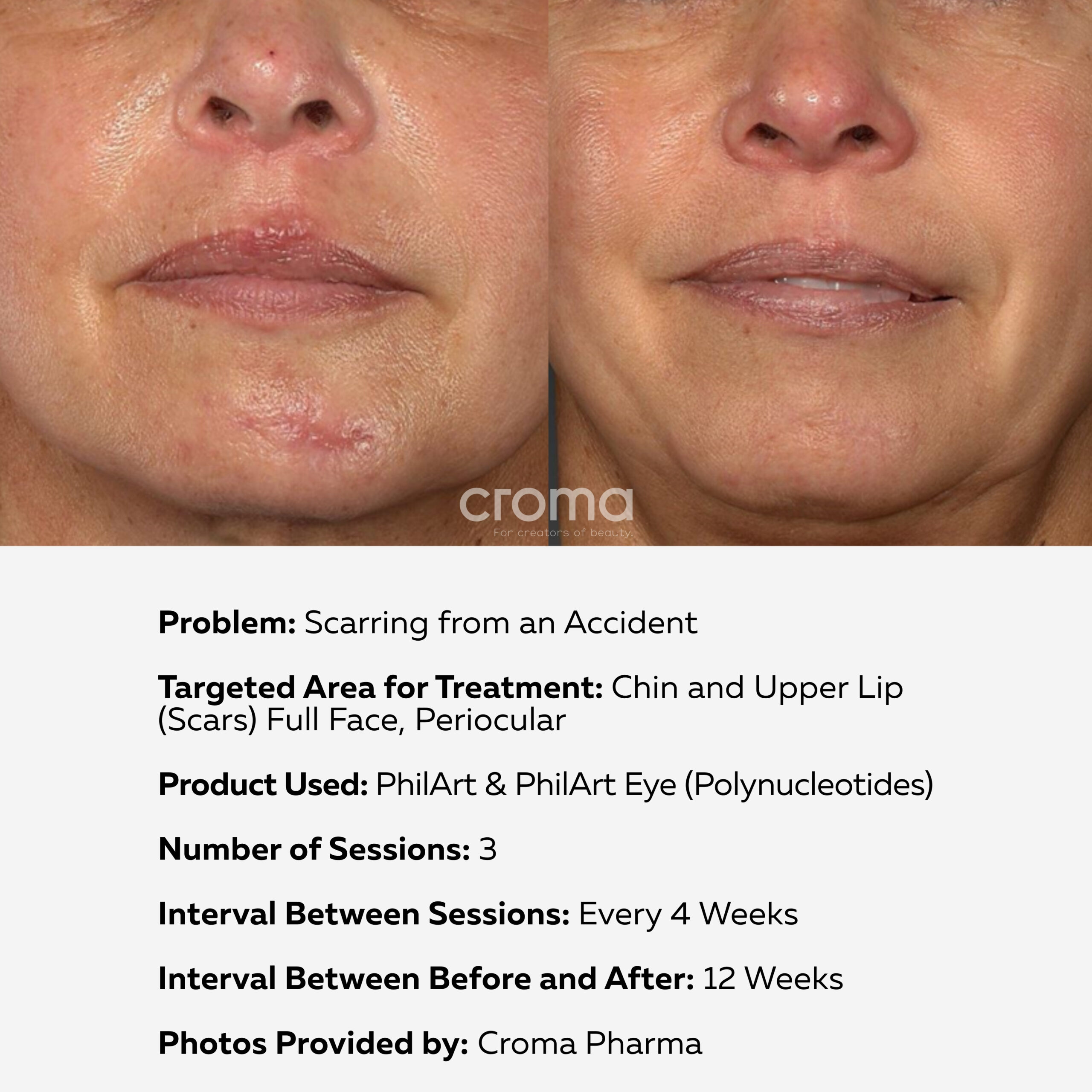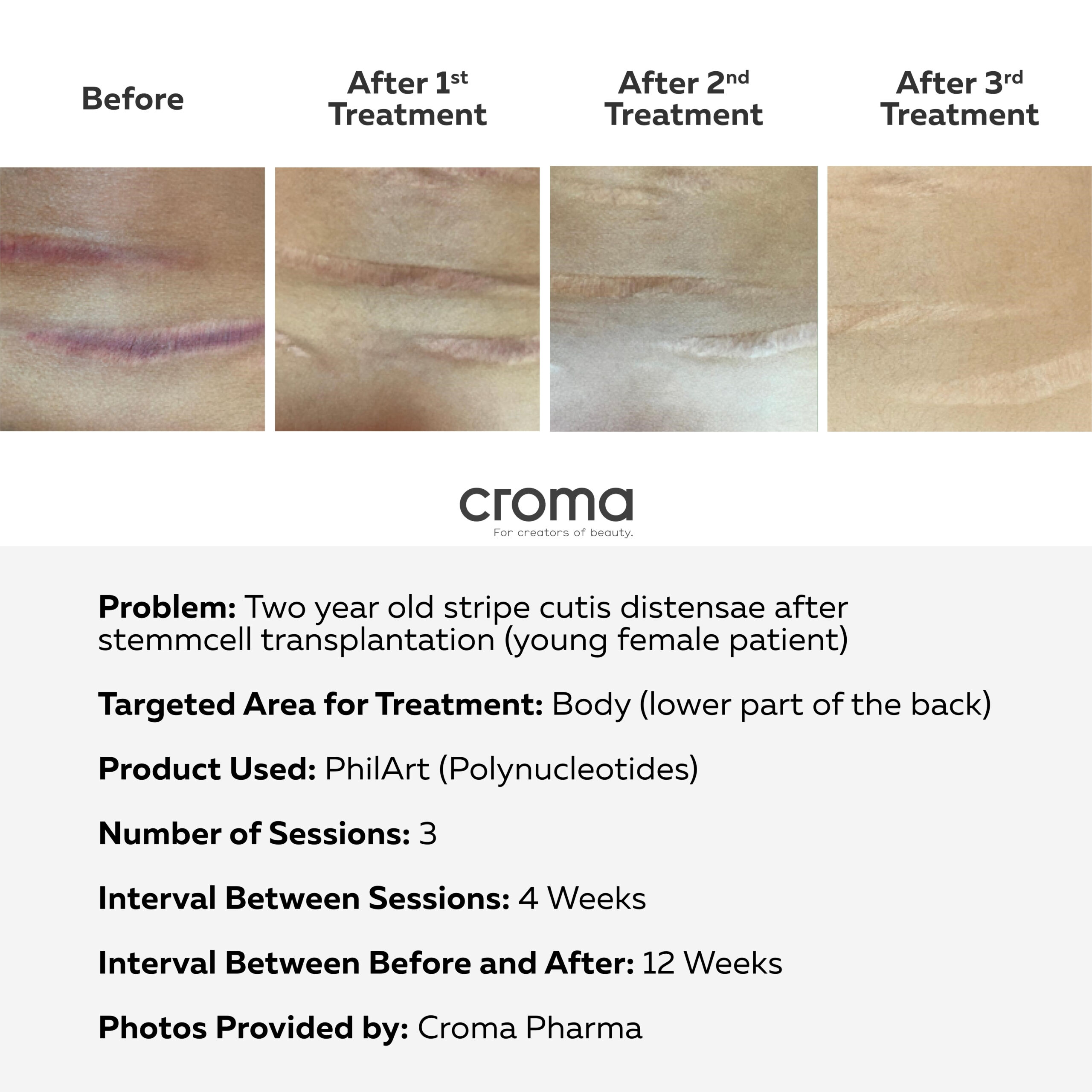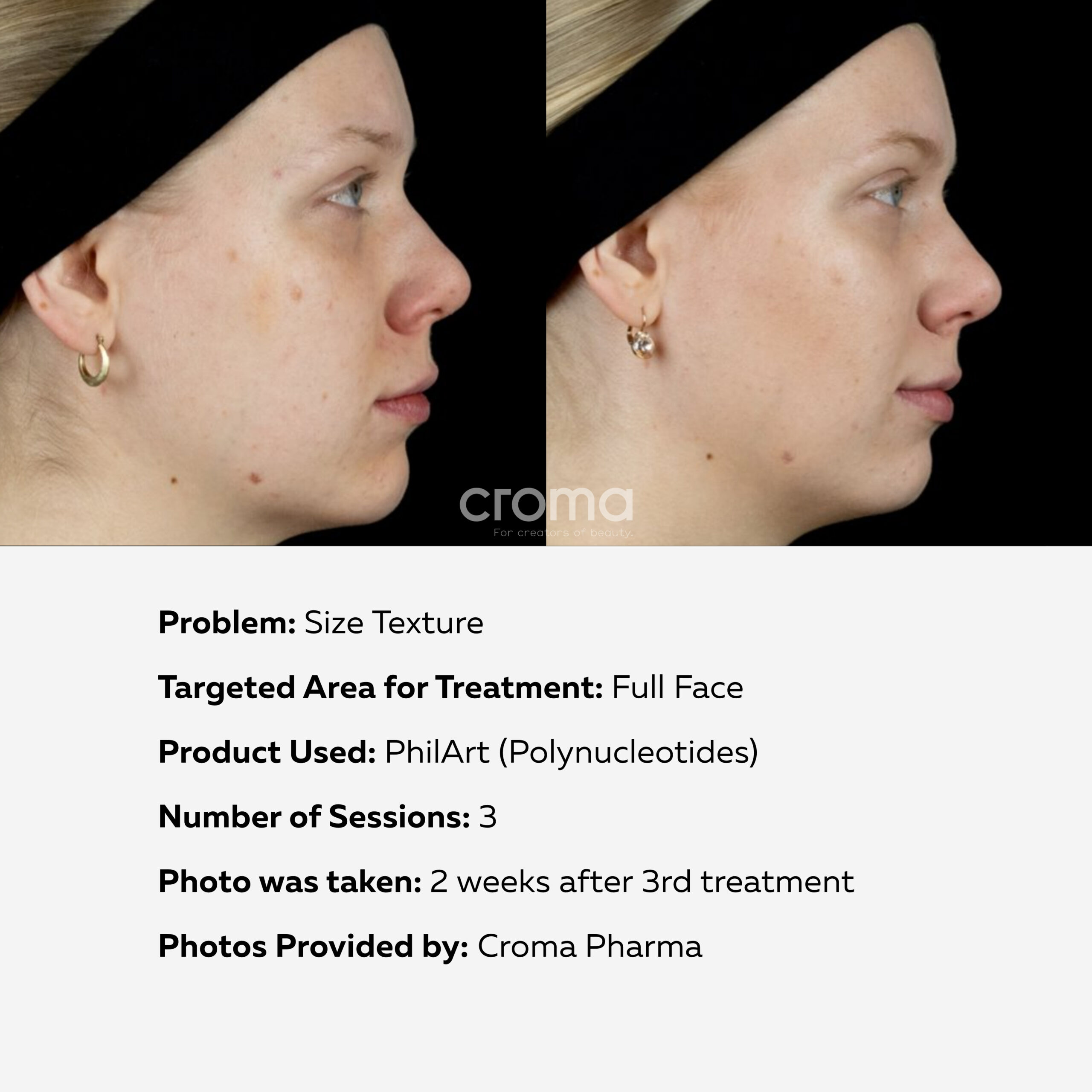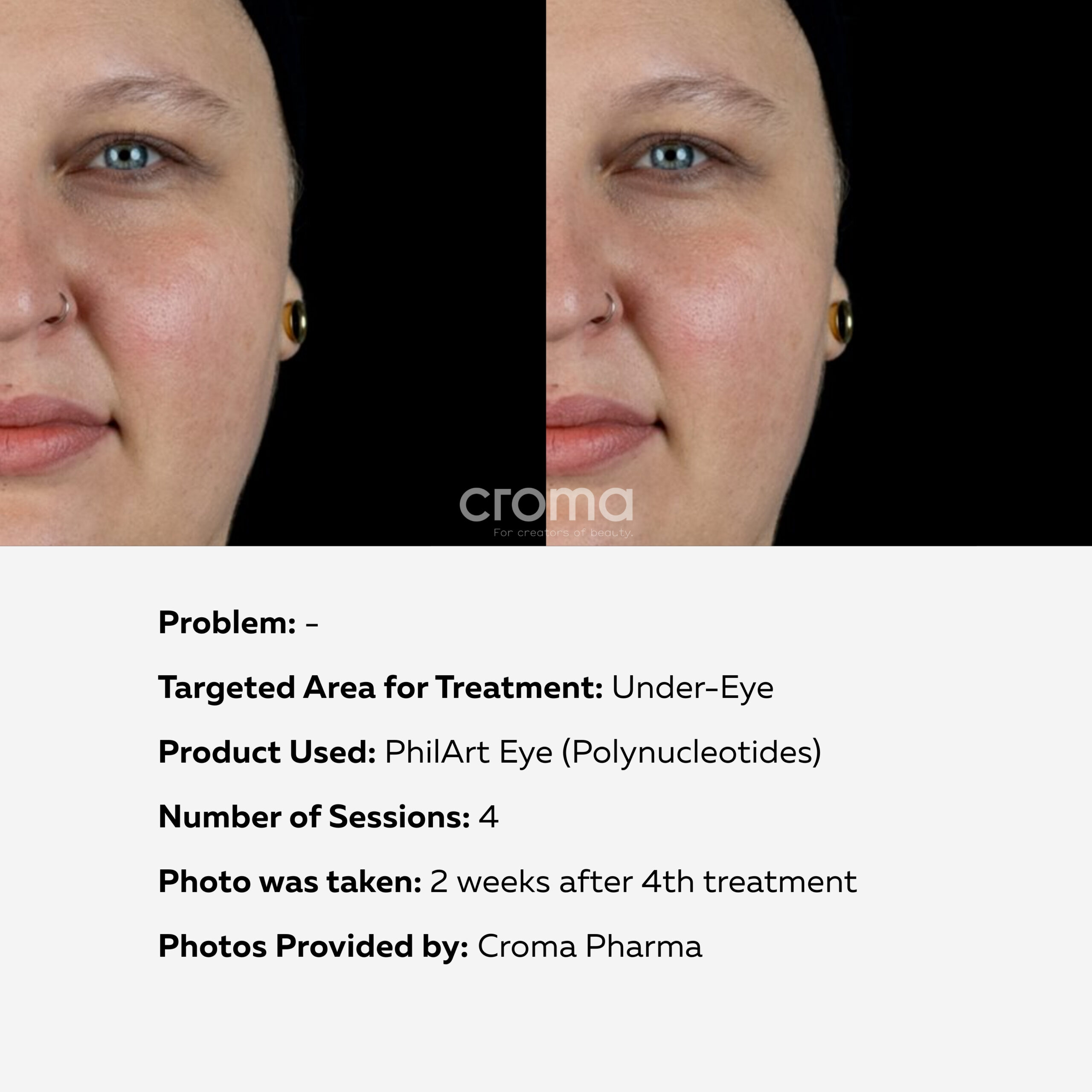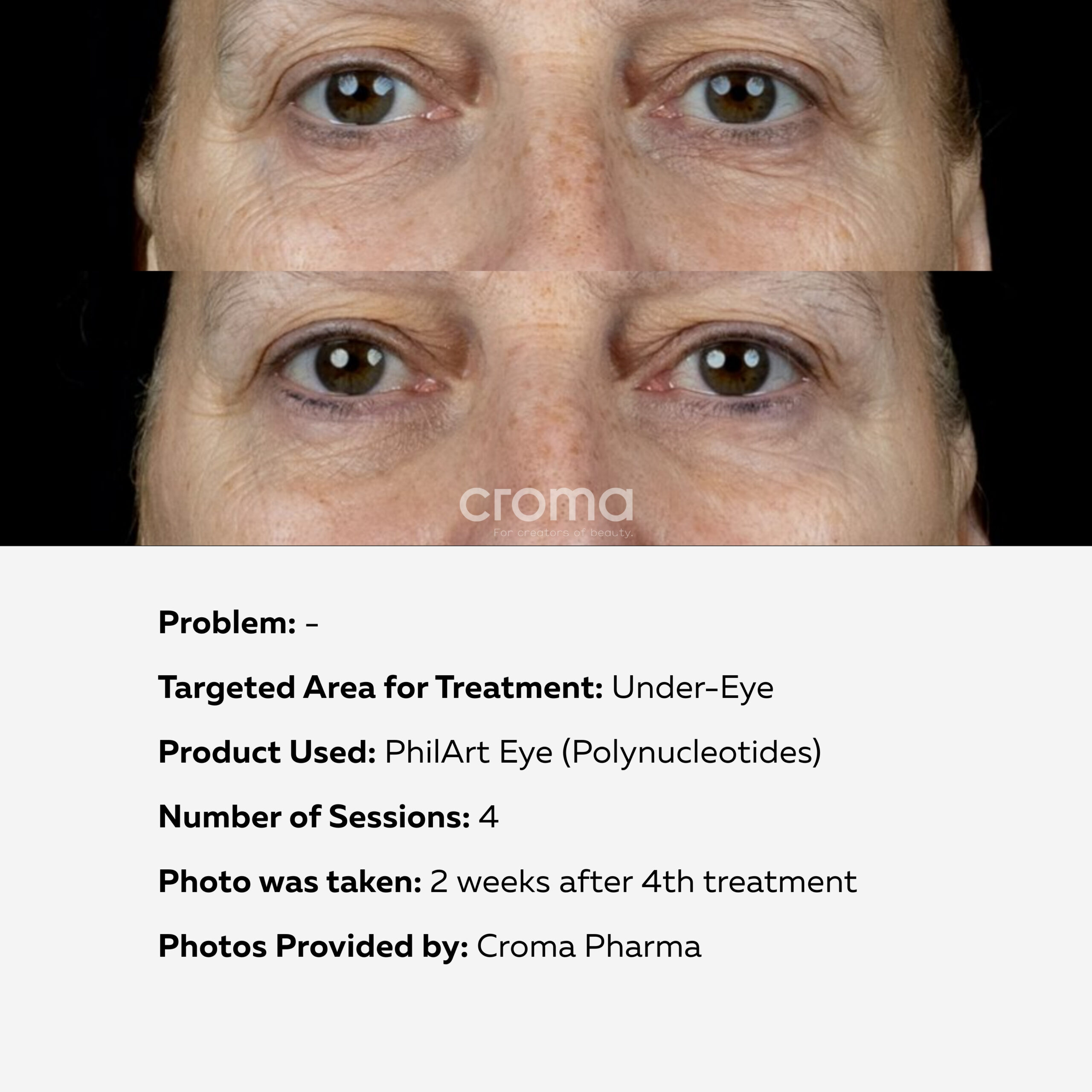Jump To Section
Polynucleotides what to expect: These treatments are a fantastic way to rejuvenate your skin and combat the signs of aging, such as fine lines, wrinkles, and sagging. They’re especially popular for their non-invasive nature and minimal downtime. If you’re considering this treatment, it’s essential to know what to expect at every stage. In this guide, we’ll walk you through the process—from consultation to recovery—so you can feel confident and prepared.
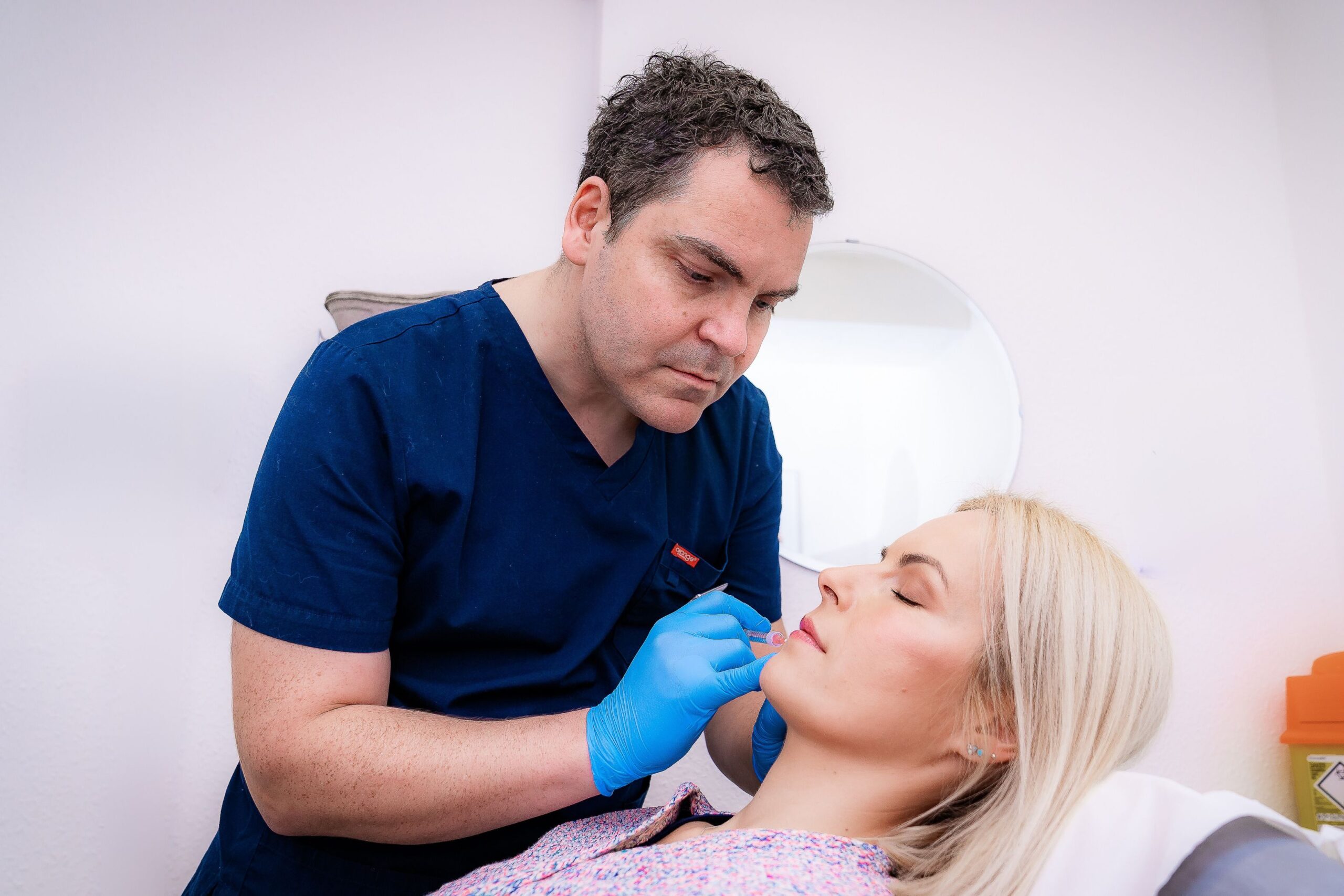
What Are Polynucleotide Treatments?
Polynucleotide treatments use a solution derived from salmon or trout DNA to stimulate collagen and elastin production, which helps rejuvenate and regenerate the skin. The treatment is effective for improving skin texture, reducing fine lines, and restoring a youthful appearance, making it ideal for individuals looking for a refreshed look without invasive procedures.

Before the Treatment
The preparation phase is essential for ensuring the treatment goes smoothly and results in the best possible outcome. Here’s what you can expect and the steps to take before your polynucleotide treatment.
Consultation with an Aesthetic Specialist
Before starting the treatment, you’ll have a consultation with one of our skilled aesthetic specialists at Freyja Medical. During this appointment, your skin will be assessed, and a personalised treatment plan will be tailored to your needs. Your aesthetic specialist will also discuss your goals and help you understand what to expect from polynucleotides treatment, ensuring it’s the best option for you.

Pre-Treatment Guidelines
To get the best results and minimise any potential side effects, follow these pre-care instructions:
- Avoid alcohol and smoking: Do not consume alcohol or smoke for at least 24 hours before and after your appointment. This helps reduce the risk of bleeding and bruising .
- Avoid strenuous exercise: Refrain from engaging in vigorous exercise for at least 24 hours before your appointment to reduce the risk of swelling and bruising .
- Clean skin: On the day of your treatment, arrive with clean skin, free of makeup .
- Discontinue retinol and abrasive products: For 72 hours prior to your treatment, stop using products that contain retinol or exfoliating ingredients. These can make your skin more sensitive .
- Hydrate: Drinking plenty of water before your treatment can help keep your skin hydrated and reduce the likelihood of swelling or bruising.
It’s also essential to let your practitioner know if you have a history of cold sores (Herpes simplex), as you may need an antiviral prescription to prevent an outbreak.
During the Treatment
The procedure itself is relatively quick and minimally invasive, typically taking between 30 to 60 minutes, depending on the areas being treated. Here’s what you can expect during the treatment:
- Skin Preparation: Before injections, your skin will be thoroughly cleansed to remove any impurities. To ensure your comfort during the procedure, a topical numbing cream may be applied to the treatment area.
- Injection Process: Once your skin is prepared, the polynucleotide solution will be injected into the skin using a fine needle. While the injections themselves can cause a mild sensation, the numbing cream helps alleviate any discomfort. You may feel slight pressure or a small pinch, but the treatment is generally well tolerated. The polynucleotide solution stimulates collagen production in the deeper layers of the skin, which will help rejuvenate and hydrate the skin over time. Multiple injections may be needed depending on the treatment area and your aesthetic goals.
- Immediate Post-Treatment Care: Following the procedure, you may notice some redness and swelling at the injection sites, but these are normal and should subside within a few hours to a day. You can resume your normal activities immediately, though it’s advisable to avoid touching your face or applying makeup for 12 hours after the treatment.
- After the Treatment: Aftercare is crucial to ensure the best results and to help your skin heal properly. Here’s what you can expect during the recovery process and how to take care of your skin after treatment.
Post-Treatment Guidelines
To promote healing and optimise results, follow these aftercare instructions:
- Avoid pressure: For 48 hours, avoid any pressure on the treated area. Sleep on your back to prevent putting pressure on your face.
- Avoid massaging the treated area: Do not massage the affected area unless instructed by your practitioner.
- Limit facials and certain skincare treatments: For at least two weeks after your treatment, avoid facials, chemical peels, skin needling, laser/IPL treatments, saunas, and steam rooms.
- Cold compress: If you experience swelling, apply a cold compress to the treated area to help reduce inflammation.
- Strenuous exercise: Avoid vigorous exercise for the first 24 hours after treatment. Light walks are okay, but it’s important to give your body time to recover.
- Hydration: Drink plenty of water to keep your skin hydrated and aid in the healing process.
- Pain relief: If you experience any discomfort post-treatment, paracetamol can be used to manage any mild pain .
Recovery Timeline
Recovery is typically quick, with minimal downtime. You may notice some mild swelling or redness immediately after the procedure, but these effects should resolve within a few hours to a day. In the days following treatment, your skin may feel slightly tender to the touch.
The full benefits of the treatment will become more apparent in the weeks following the procedure, as the collagen-building process continues. Expect noticeable improvements in skin texture, elasticity, and hydration after 4 to 6 weeks. For optimal results, a course of treatments may be recommended, typically spaced 2-4 weeks apart.
Results and Maintenance
While polynucleotide treatments can show noticeable improvements after just one session, the best results come after a series of treatments. It’s important to know what to expect from polynucleotide treatment in order to set realistic expectations of the treatment process and results. Following the recommended treatment plan is essential to achieve long-lasting benefits.
After the initial treatment, clients often report smoother, plumper skin with a noticeable reduction in fine lines and wrinkles. For ongoing rejuvenation, maintenance treatments every 6 to 12 months may be necessary.
Below, you’ll find a gallery showcasing before and after photos, along with details of how many treatments were completed and the time between each. Use the arrows to scroll through the gallery for a closer look at the results.
Possible Side Effects
Polynucleotide treatments are generally safe, with minimal risks. However, some mild side effects can occur, including:
- Redness and swelling: This is common and should subside within a few hours to a day.
- Bruising: Minor bruising at the injection sites may occur but will usually resolve within a few days.
- Tenderness: The treated area may feel slightly tender to the touch for a few days post-treatment.
Serious side effects are rare, but if you experience any unusual symptoms, such as:
- Persistent pain
- Infection (indicated by pus or increased redness)
- Severe swelling
Contact your practitioner immediately.
Conclusion
Polynucleotide treatments offer an effective, non-invasive way to rejuvenate your skin and address signs of aging. By following pre-care and aftercare guidelines, you can maximise the benefits of the treatment and enjoy long-lasting, youthful skin.

It’s important to know what to expect from polynucleotide treatments to ensure you set realistic expectations and achieve the best possible results. At Freyja Medical, our team of experts is dedicated to providing personalised care and ensuring that each treatment is tailored to your unique needs. Ready to transform your skin? Click here to book a consultation today!




